

PLAY TO YOUR OWN BEAT
MASCHINE’s 16 ultra-responsive pads makes it fun and easy to play. In Pad mode, drum in beats or lightly brush sounds on the 16 ultra-responsive pads. Switch to Keyboard mode and play like a piano. And in Step mode, program sounds precisely where you want them, and automate pitch, volume, LFO, or any other parameter step by step for incredibly intricate and musical results in record time.
Drum rhythms, program patterns, or play melodies and chords, switching easily with the click of a button. LOCK BUTTON. Take parameter snapshots, tweak settings, and return back to the original settings to discover new transitions.
Maschine MK3, a hand-in-hand combination of sequencing software with a physical piece of gear, lets you program beats, loops, and melodies by tapping touch-sensitive pads while its software component runs on your computer.
Experimenting with the guitar
While acoustic guitars became hugely popular, they had one big problem; their volume. Other instruments had a much higher volume in comparison to guitars, so they would often get drowned out in music ensembles. This would heavily limit the roles that guitarists could take in ensembles.
Not satisfied with their reduced role capability, guitarists began experimenting with how to amplify their volume. Many crude attachments were used; everything from microphones, to tungsten pickups placed into the sound hole. None of these solutions were quite what guitarists needed and did not achieve the volume they required.
In the 1930’s, the very first versions of the electric guitar began to pop up. Around 1931 was when the very first electric guitar was born, and it was created by a man named Paul H. Tutmarc. Paul used a unique method that had not been tried before; he created a pickup using magnets paired with wire coils. This method amplified the vibration of the strings, increasing the volume of the instrument. Fun fact; his method was actually inspired by how telephones used magnets to create vocal vibrations!
Just a few years later, two more innovative people created their own versions of the electric guitar with a similar method using wire and magnets. John Dopyera and George Beauchamp would go on to create the first instrument that began to resemble the modern electric guitar. This guitar was, however, a Hawaiian style guitar, which led to it being nicknamed “the frying pan” due to the shape of these guitars. The guitar design was taken to a man named Adolph Rickenbacker, who would then go on to create Rickenbacker guitars; this was the very first company to manufacture electric guitars for the masses.
Thievery Corporation Saudade Cover
Saudade (Portuguese for "Longing") is the seventh studio album by Washington DC electronica duo Thievery Corporation released in 2014 via their Eighteenth Street Lounge Music label.

